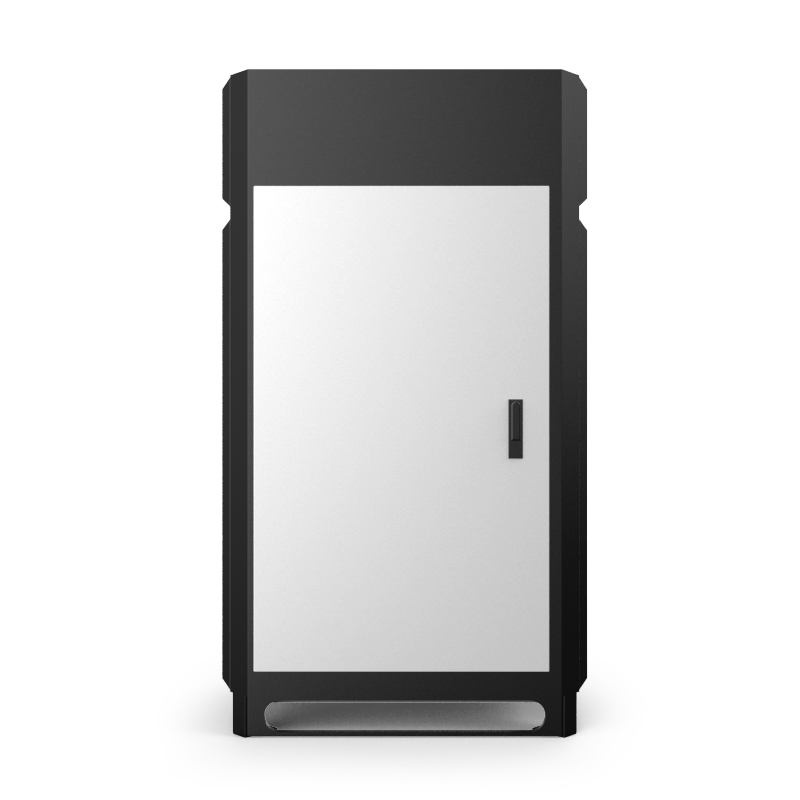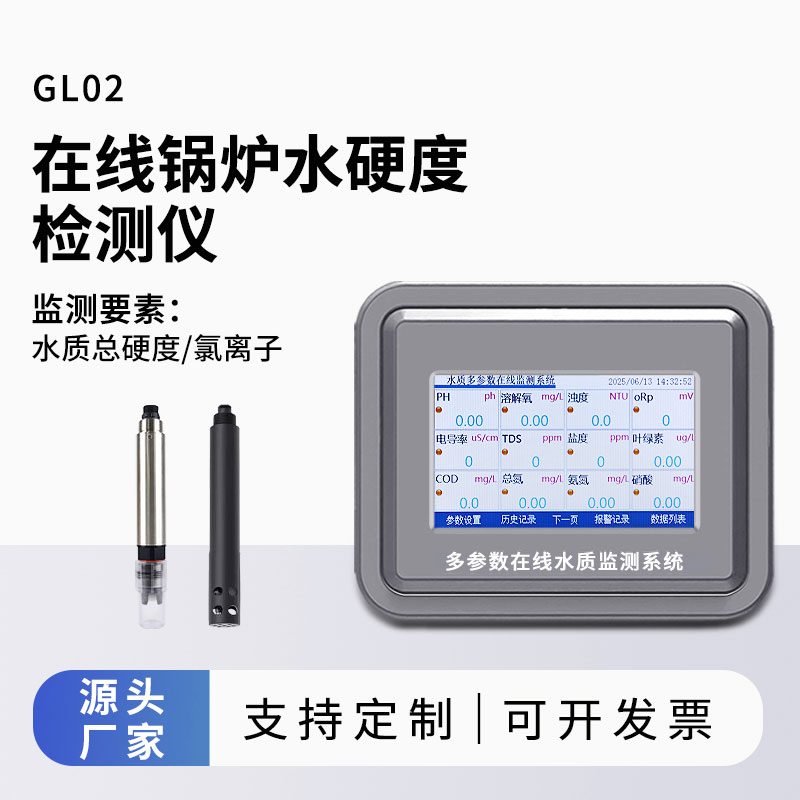Water quality sensor sensors can capture changes in various key parameters of water bodies, monitoring multiple key indicators such as pH, dissolved oxygen, conductivity, turbidity, temperature, and even COD (Chemical Oxygen Demand).
Water quality sensor sensors are used to monitor various physical, chemical, and biological parameters in water bodies, simultaneously monitoring multiple key indicators such as pH, dissolved oxygen, conductivity, turbidity, temperature, and even COD (Chemical Oxygen Demand). With their technological advantages of real-time monitoring and sharing, large-scale deployment, accurate data, and low power consumption, they play an indispensable role in water quality management, environmental protection, water resource protection, and public health.
Water quality sensor sensors can achieve simultaneous measurement and real-time analysis of multiple important parameters in water bodies, such as pH, dissolved oxygen (DO), conductivity (EC), turbidity, temperature, and COD (Chemical Oxygen Demand). For example, dissolved oxygen sensors use electrochemical principles or fluorescence quenching principles (optical methods) to accurately sense the concentration of oxygen molecules in water. pH sensors act like the "taste buds" of water, their glass electrodes highly sensitive to hydrogen ions, the resulting potential difference directly corresponding to the solution's acidity or alkalinity. These "sensors," each with its own function, work together to create a complete picture of the water's health.
The applications of Water quality sensor are extremely wide-ranging, forming a comprehensive protection network from "source to tap." In environmental monitoring, sensors are ubiquitous in rivers, lakes, and oceans, monitoring water quality changes in real time, providing timely warnings of pollution incidents, and safeguarding the ecological security of natural water bodies. In urban water supply systems, from water treatment plants to complex water supply networks, sensors continuously monitor parameters such as pH, dissolved oxygen, and ammonia nitrogen, ensuring that every drop of water leaving the plant meets national standards. In rural domestic sewage treatment scenarios, sensors are installed at the inlet and outlet of treatment facilities to evaluate treatment effectiveness in real time, contributing to the construction of beautiful villages. Facing the supervision of industrial wastewater discharge, sensors can detect indicators such as COD and ammonia nitrogen in real time, immediately triggering alarms upon detecting abnormalities, becoming the "eagle eyes" of environmental protection departments.

This paper addresses:https://fengtusz.com/industry/884.html









